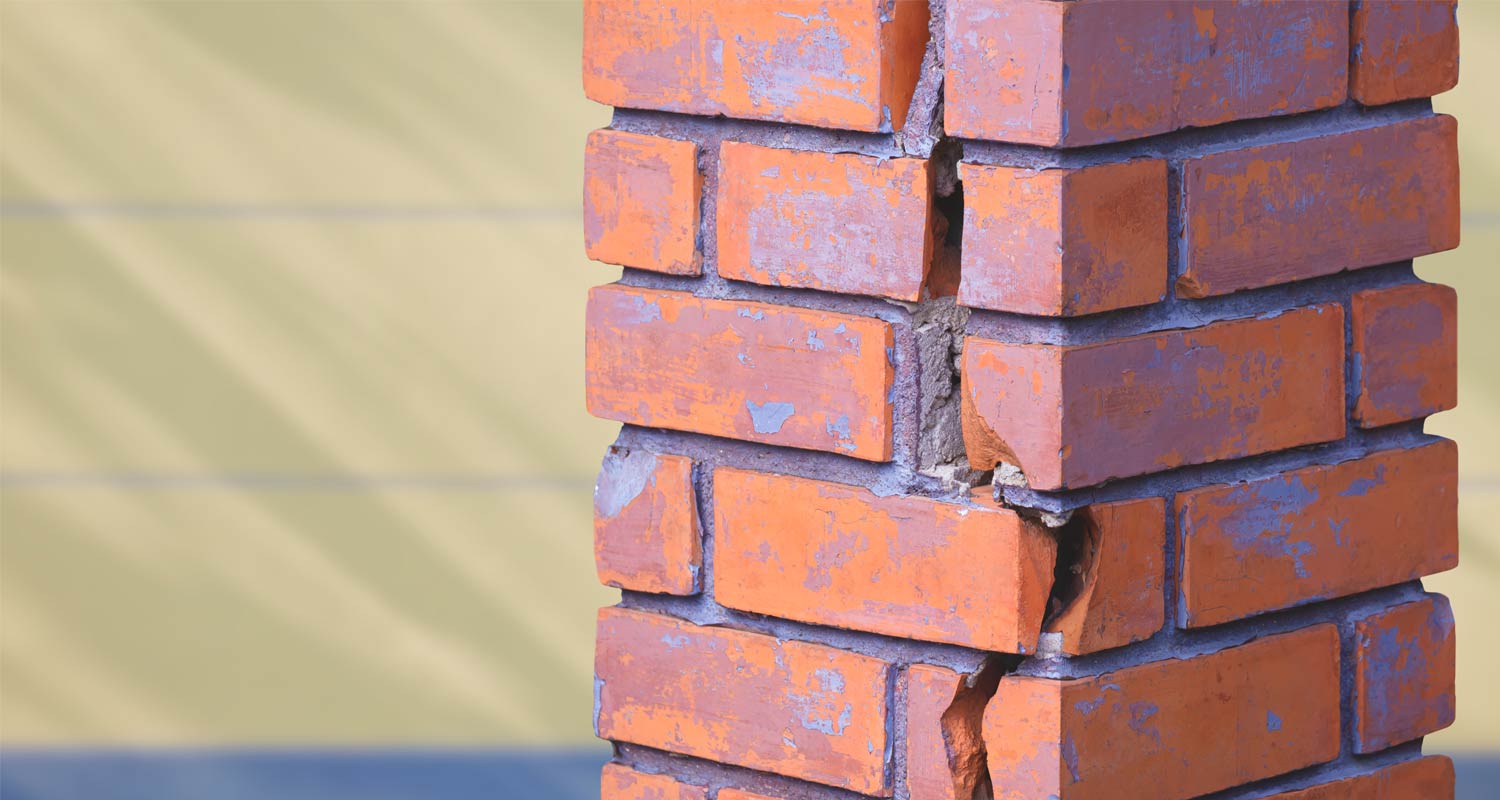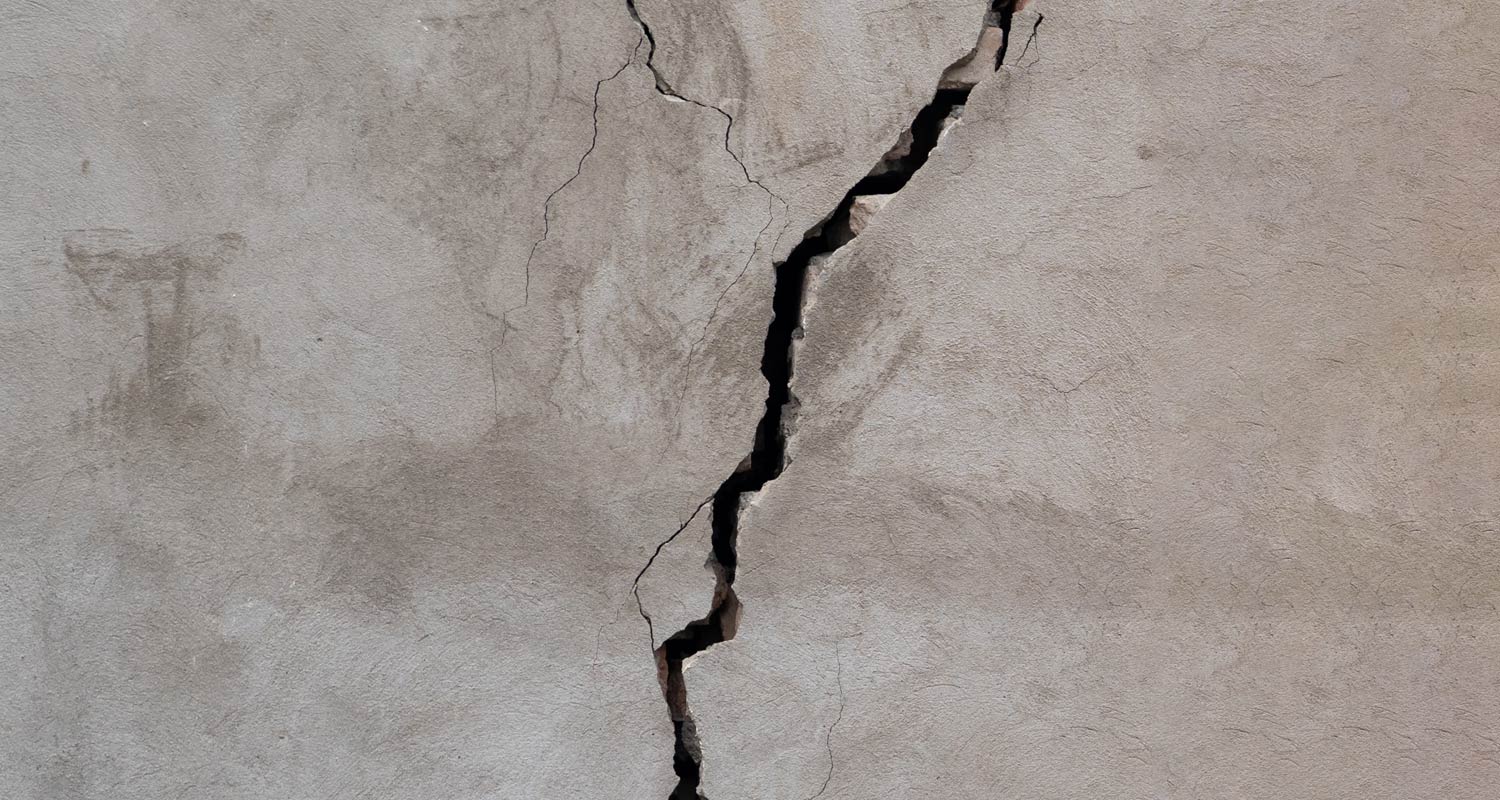 Earthquakes like Wednesday evening’s magnitude 3.0 tremor that originated at Doornkop on Joburg’s West Rand are likely to reoccur, according to the Council for Geoscience.
Earthquakes like Wednesday evening’s magnitude 3.0 tremor that originated at Doornkop on Joburg’s West Rand are likely to reoccur, according to the Council for Geoscience.
“People who live in mining towns do experience tremors on an ongoing basis; these would be of a magnitude less than 3.5, and they are not unusual,” said Eldridge Kgaswane, chief scientist at the Council for Geoscience, in an interview with TechCentral.
Wednesday night’s tremor was followed by two others, one in Randfontien of magnitude 2.7 and the other in Meadowlands, Soweto of magnitude 2.2.
The frequency of the tremors put many residents on alert, and with zama zamas having received lots of media attention of late, questions – and perhaps some fearmongering – about a possible link between the earthquakes and illegal mining activity made the rounds on social media. Kgaswane cautioned against jumping to conclusions without evidence.
“We are trying to investigate why these earthquakes are happening, particularly at night or in the early hours of the morning,” said Kgaswane. “If we are going to say this is now illegal mining, are we saying that these miners are in possession of explosives that are over the legal limit?
“We also need to consider that we had torrential rains in the past seasons. Some of these mines are no longer operational, so the water is no longer being pumped out. The water forms a water table, which rises and rises until it finds its way into seismogenic structures such as fractures or faults. It starts permeating those structures and causes shear earth failure, and once there is failure, an earthquake can occur,” Kgaswane explained.
Water source
Most of the world’s earthquakes – 90-95%, according to Kgaswane – have water as their main driver. Mining activity simply increases the chances of earthquakes since “drilling into rock stimulates natural faults and fractures which were created in the rock’s geological history”.
The measurement of tectonic activity is done using a seismograph, which consists of a device called a seismometer (that records mechanical vibrations) and a digitiser to translate the mechanical signal into a digital format. “This is what you will see on your computer screen as wiggles,” said Kgaswane. The geological council uses a national network of seismic stations to keep track of tectonic activity.
“We have more than 50 seismic stations throughout the country. This is a mix of broadband and short-period sensors,” Kgaswane said. “Broadband sensors can effectively record anything; you can put it here and it can record earthquake activity as far as Turkey or Japan. Short-period sensors are used to record mining-related earthquakes.”
Although earthquakes can be measured and recorded to a great degree of accuracy, earthquake prediction is still beyond reach. “Scientists all over the world are on a quest for a prediction method, but it is a very difficult thing to achieve,” said Kgaswane.
 Since post-event investigations are crucial to the accuracy of the council’s determinations, information from the public can help it better determine the causes of seismic events.
Since post-event investigations are crucial to the accuracy of the council’s determinations, information from the public can help it better determine the causes of seismic events.
“When people feel earthquakes in their vicinity, there is a questionnaire on our website that members of the public can fill in to help us better understand what the cause of the earthquake might have been,” Kgaswane said. – © 2023 NewsCentral Media

